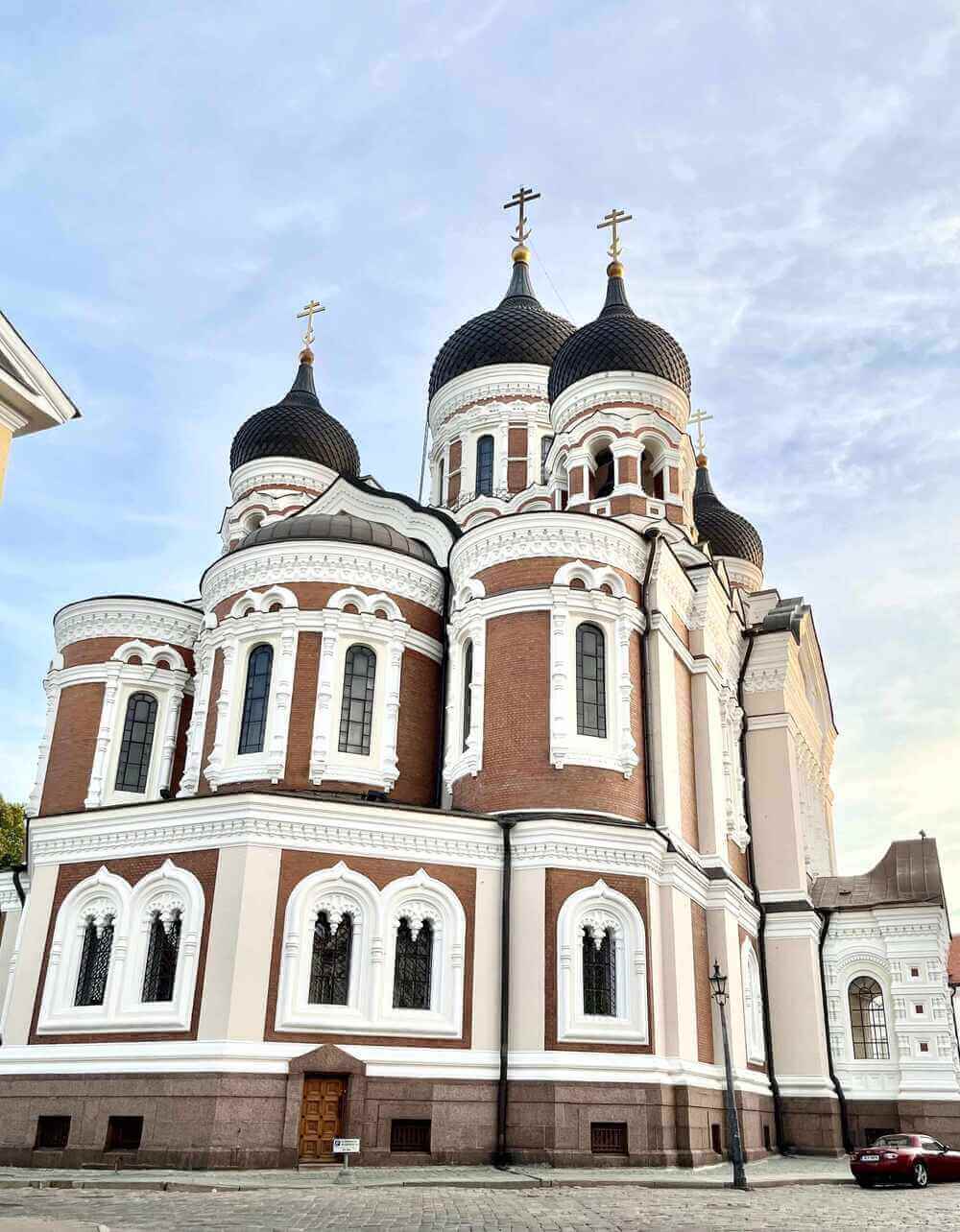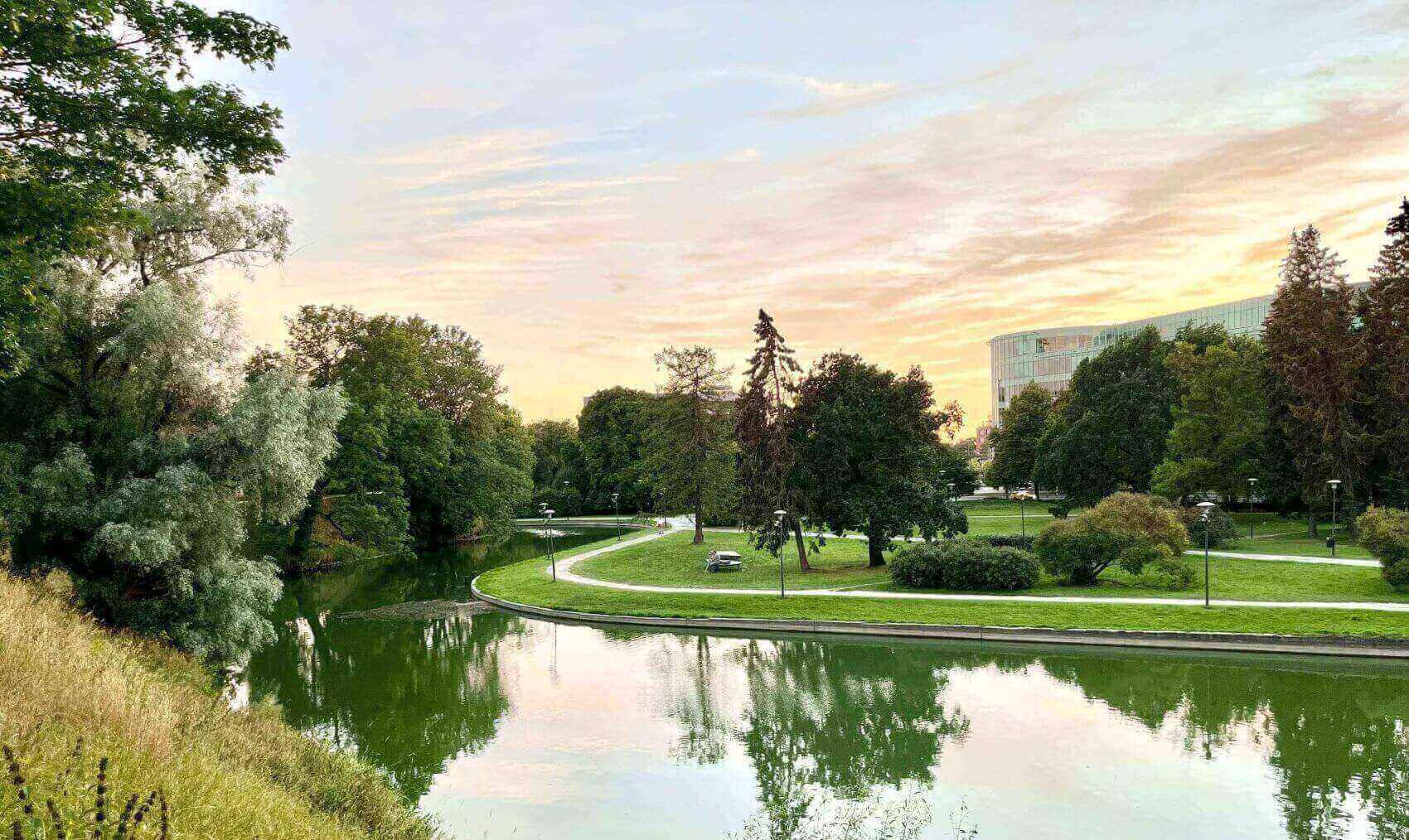
I visited Estonia with my college friend Rafael Tafur in August 2022 as part of our Poland-Finland bus trip via the Baltic countries. We took a bus from Riga – by some curious fortune, the cheapest option turned out to be a luxury bus, with near fully reclinable chairs and a TV on each seat. We met up with another friend, Alexia Martinez, and the three of up split our time equally between walking around Tallinn’s city center, discovering its museums, and sassing each other (which is all one can hope for when traveling with good friends). When we arrived at the hostel, the lady at the desk asked us, in a genuinely perplexed tone, why we were visiting Estonia. This was a major change from the attitude towards tourists in Paris, where the prevailing question is what deplorable life circumstances or abominable ignorance prevented one from experiencing France’s magnificence years earlier, ideally at one’s exit from the womb.
Called Reval until the 1900s, Tallinn is the capital city of Estonia. Tallinn’s Old Town looks like a medieval archaeological site. It has everything you could want from a Middle Age castle – ramparts, towers, and an underground tunnel system. Its parliament is based in Toompea Castle. Many people might be surprised to learn that Tallinn is a leading city in digitalization. It has one of the highest rates of startups per capita and was the home to the Bolt ridesharing app and the globally used Skype videoconferencing system. It also attracts a lot of tourists, many of whom come from neighbouring Finland seeking to buy things are lower prices than they could at home. This was evident when we visited the Estonian Occupation Museum: instead of having labels and text panels, we were given digital tablets which we could use to look up the items on display and get additional information about them.

Estonia’s history is similar to that of Latvia and Lithuania. It was part of the Swedish Empire from 1561 until 1710. It would then become part of the Russian Empire until World War I, when it gained its independence in 1920. For its 20th birthday in 1940, it was annexed by the USSR. One year later, it was occupied by Germany, and then reconquered by the USSR in 1944. During Stalin’s reign, many Estonians were sent into exile in Siberia, which seemed to be the standard Soviet solution to dealing with dissidents (or prospective ones). Although television was highly regulated in the Soviet Union, because Estonia is situated so close to Finland, many Estonians were able to receive Finnish broadcasting, and thus get a better exposure to life outside the Iron Curtain than most other Soviet citizens.

Starting in August 1988, Estonia began the “Singing Revolution” at the Tallinn Song Festival Grounds, where Estonians sang patriotic and pro-independence songs. This led to the Estonian Soviet Socialist Republic releasing the Estonian Sovereignty Declaration, which proclaimed that its parliament’s laws should have precedence over Soviet ones. In 1989, 2 million people in the 3 Baltic countries (Estonia, Latvia, and Lithuania) locked hands in the “Baltic Way,” forming a human chain that extended across these nations to raise awareness in Western countries. Estonia officially declared its independence on August 20th, 1991. Although the USSR attempted to take control of Tallinn’s TV Tower the following day, it recognized the nation’s independence a month later. Estonia has since been integrated into the European Union, the Eurozone, the Schengen area, and NATO. Its government is a leader in digitalization of public services, including an electronic ID and residency system, and online voting.
Tallinn’s Vanalinn (or Old Town) is an impressive city that dates back to the 13th century. It is surrounded by walls peppered with small turrets that serve as a defensive fortification. One of these is the Kiek in de Kok tower, from which one can access a discreet underground network of tunnels that spans the entire city. The entire neighbourhood has been declared a UNESCO World Heritage site. Tallinn reminded me a lot of Provins, a medieval town on the outskirts of Paris, except in Tallinn absolutely everywhere you turn there is some new ancient stunning structure to marvel at.
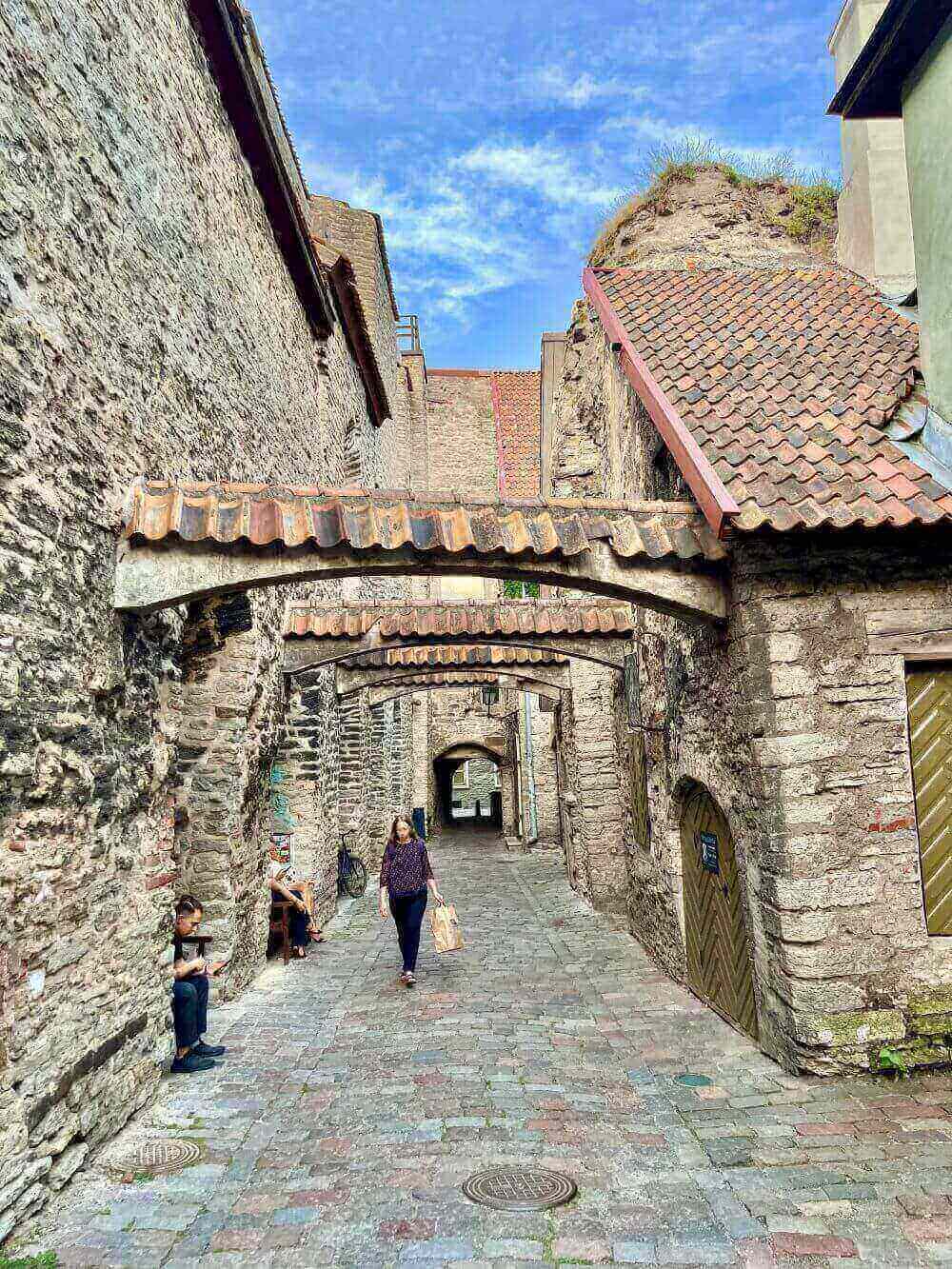
Tallinn’s TV Tower was built in 1980. It is located in the middle of a verdant nature preserve just east of the city. The tower’s viewing platform offers an impressive view of the city, the bay, and the nearby forests. Several parts of the floor are built in glass so that you can see a few hundred meters directly below you. When Estonia declared independence from the USSR in 1991, Soviet paratroopers attempted to seize this tower; however, a small group of Estonian defenders locked themselves inside and prevented it from being taken. It has since become a symbol of Estonian freedom and modernity.
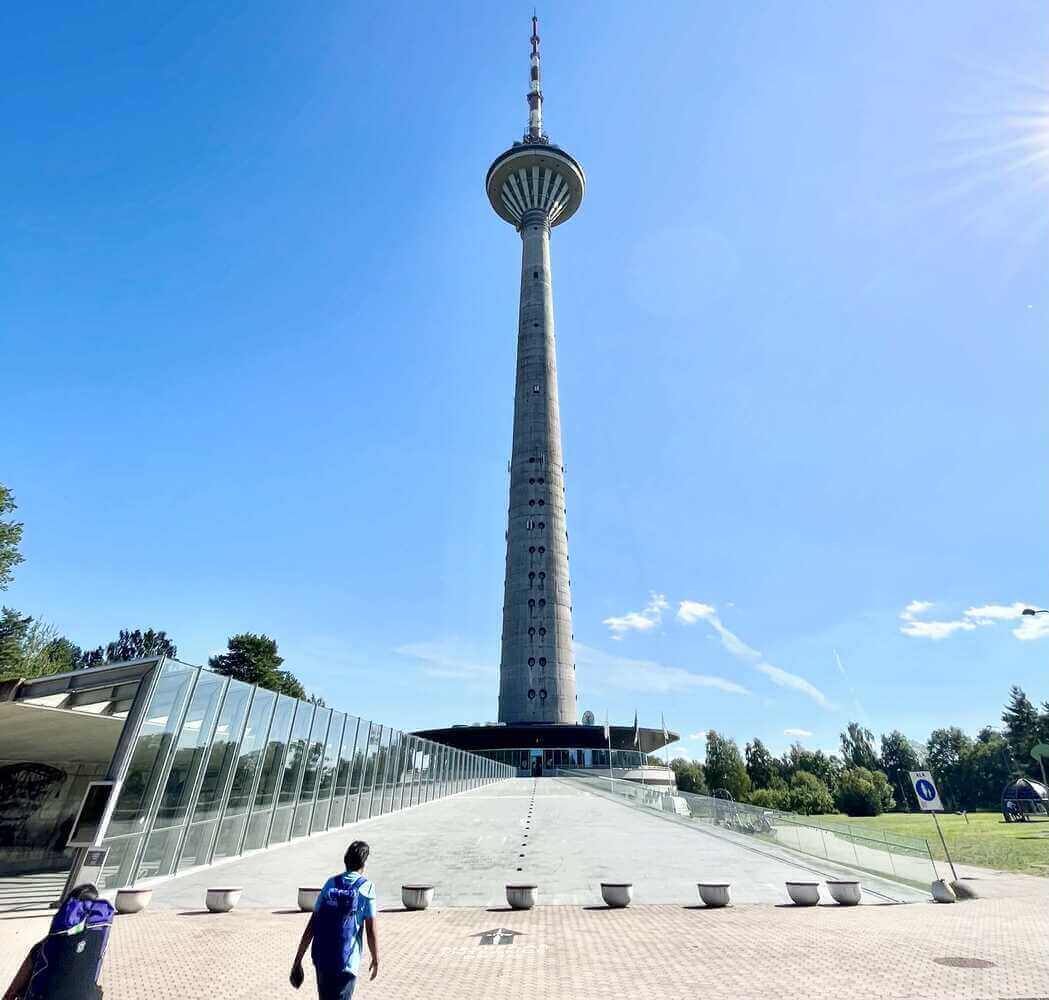
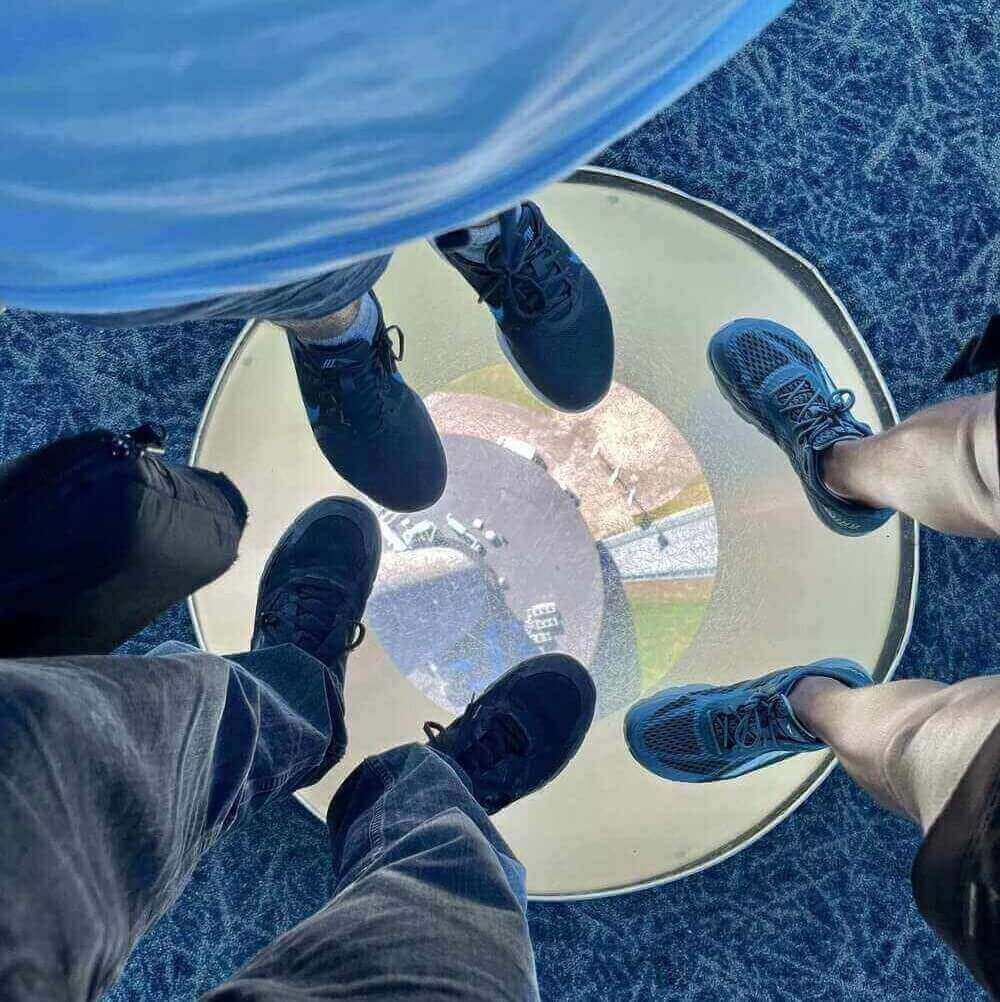
This impressive Orthodox cathedral was built in 1900, when Estonia was part of the Russian Empire. After gaining independence in 1920, Estonians considered demolishing it because it was a symbol of the empire they had fought against, but ultimately chose not to. It is named after the 13th century Russian hero Alexander Nevsky, who was a prince in Kievan Rus. He earned his name when he repelled an attempted Swedish invasion across the Neva River. He cooperated with the Mongol Golden Horde to prevent his people from being subjugated by the Catholic European powers that wanted to expand their influence in the region. For this, he became a saint in Orthodox Christianity.
